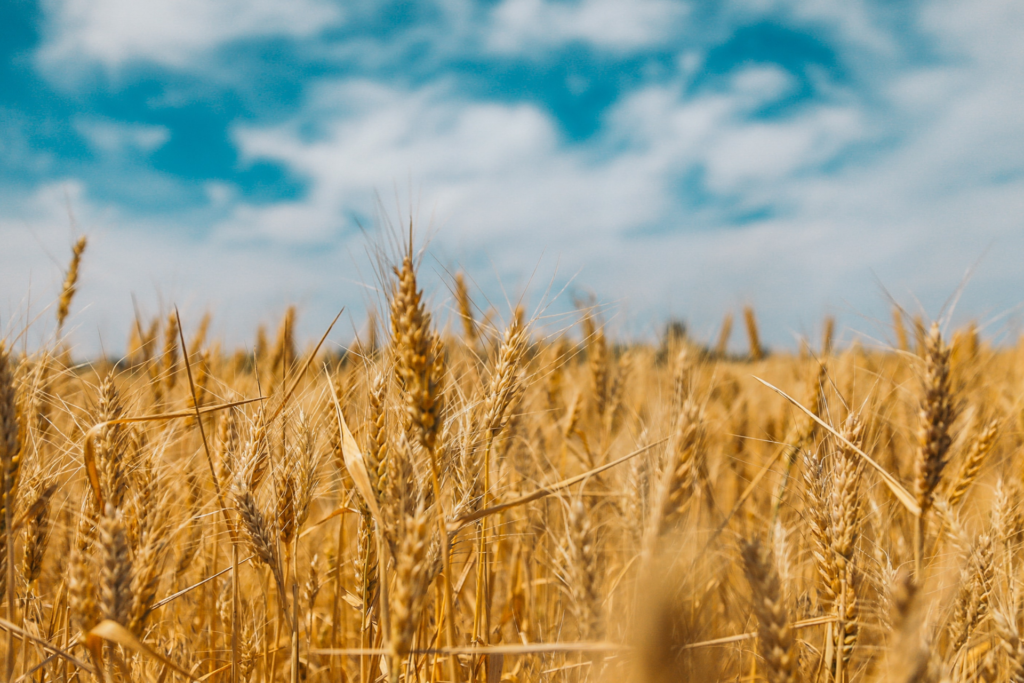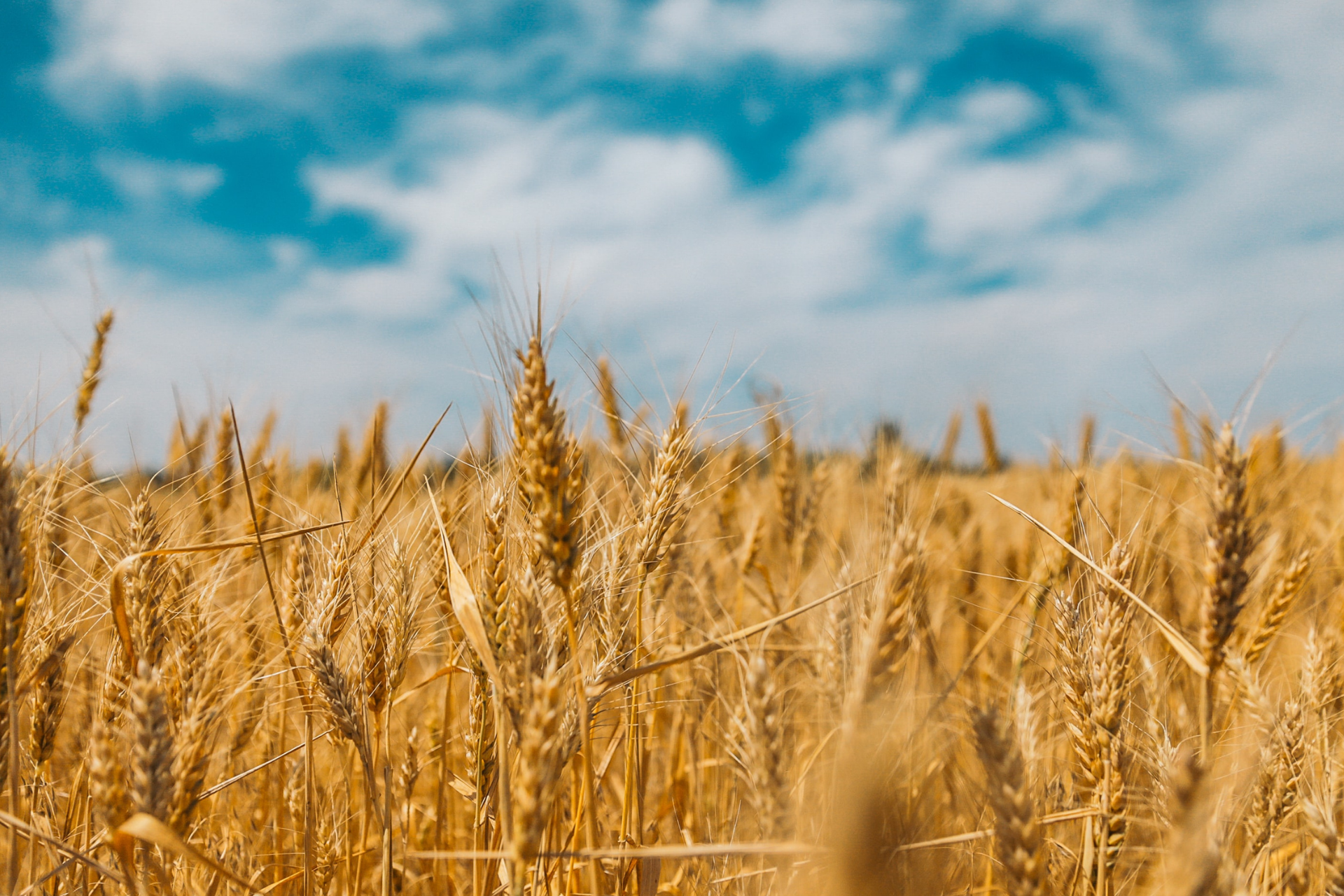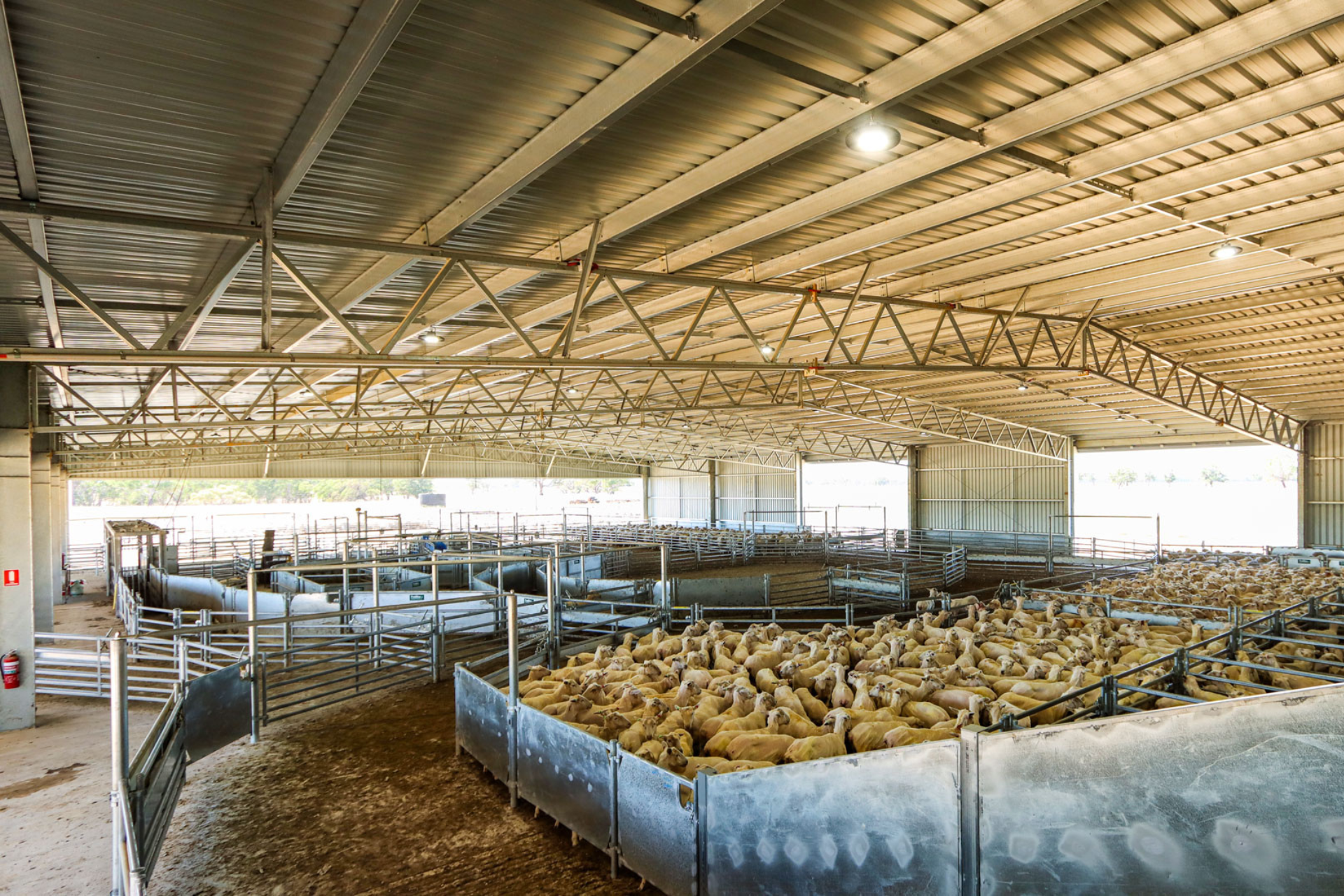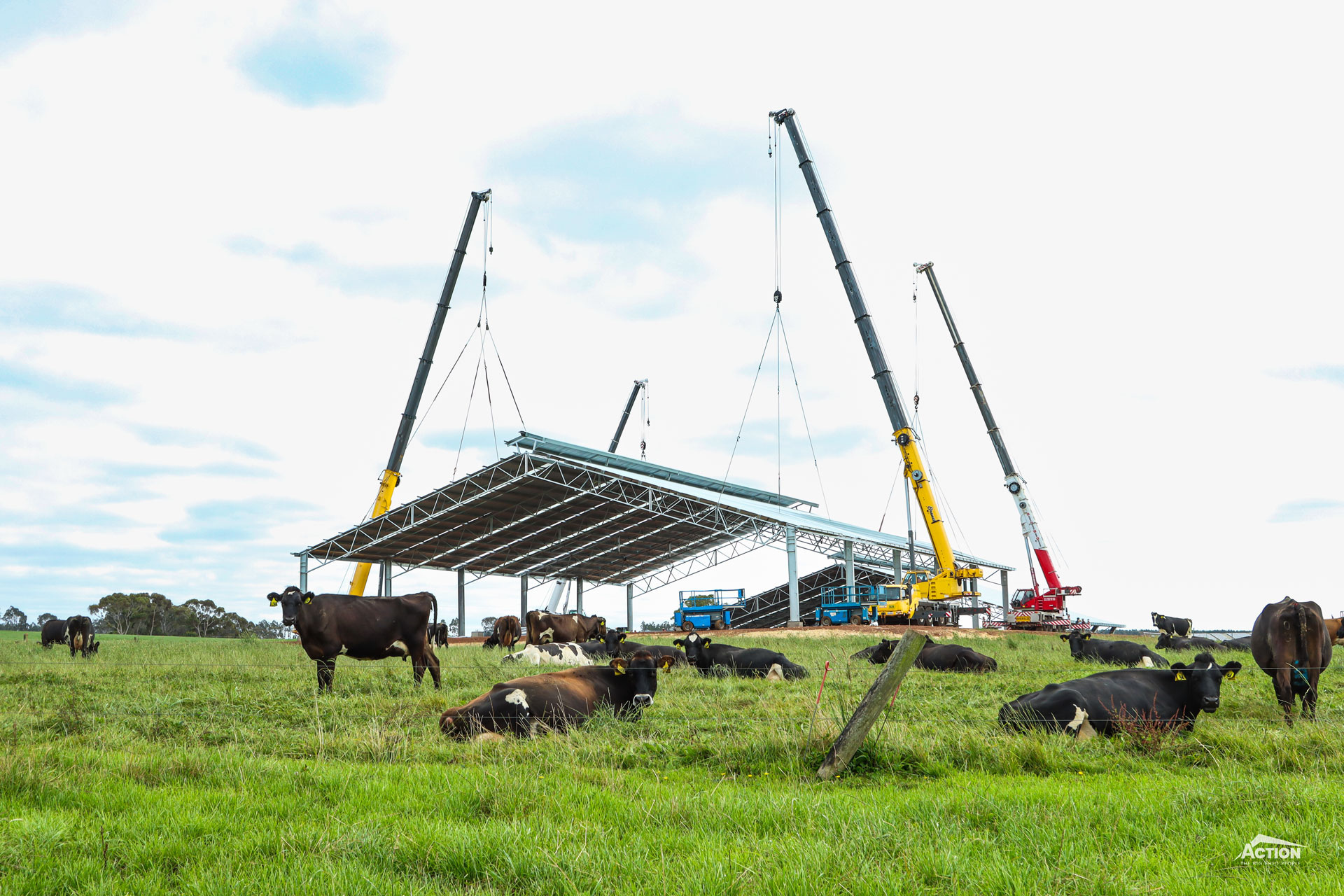Wheat, barley and other grain crops are susceptible to a range of grain diseases that can reduce yields and damage crops.
Some of the most common grain diseases that occur in crops in Australia include Septoria (such as Septoria tritici blotch of wheat), rust (such as stem rust or stripe rust) and powdery mildew. These diseases can have a significant impact on the yield and quality of grain crops, so it is important to be able to identify them early and take steps to prevent them.
In this article we discuss some of the most common grain diseases, how to detect them in your crops and what you can do about them.
Common Grain Diseases & What To Do About Them
Septoria
Septoria is a fungal disease that affects the leaves of grain crops. It is usually characterised by small, dark brown or black spots on the leaves, which can eventually lead to the leaves turning yellow and falling off. These characteristics do differ between Septoria tritici blotch of wheat and Septoria blotch of field pea, though.
Crop rotation and variety selection are two common ways to avoid Septoria affecting your crop.
For information on management and control, the disease cycle and to access useful resources read these articles from Agriculture Victoria:
Rust
There is quite a large number of different rust diseases that can affect grain crops! These include wheat leaf rust, wheat stem rust, wheat stripe rust, faba bean rust and several rusts that attack barley such as barley leaf rust, barley stem rust and barley stripe rust.
Rust is typically characterised by orange or red spots on the leaves of the plant, which can eventually turn the whole leaf brown and cause it to fall off.
Managing and controlling rust is usually best done by selecting and growing resistant varieties. The strategic use of fungicides and crop monitoring is also important in preventing rust damage to your crop.
Of course, characteristics and best-practice management strategies differ between the different types of rusts and different types of crops.
For further information on each of these types of rusts and how to prevent and manage them, check out the articles below from Agriculture Victoria that discuss the disease cycle, economic impact and more.
Powdery Mildew
Powdery mildew is a fungal disease that affects both the leaves and the grain of grain crops and in Victoria is a serious disease of field peas. It is characterised by a white, grey or blue-white powdery substance on the surface of the plant. Infected areas can turn purple and the whole plant can wither.
Powdery mildew usually occurs in warm, humid conditions and usually results in a less palatable, lower quality product.
Management and prevention strategies for powdery mildew include growing a resistant variety and seed selection and treatment. Fungicides can be effective if applied prior to disease development.
For more information, check out this article – Powdery mildew of field peas. You may also be interested in downy mildew of field peas which is one of the most common fungal diseases that affects field peas in Victoria. This generally occurs in very wet conditions. You can learn about this disease, here.
Other common grain, pulse & cereal diseases
So, that’s a brief overview on three of the most common diseases that affect grain crops. Other common grain, pulse and cereal diseases that should also be considered include:
- Alfalfa mosaic virus
- Ascochyta leaf and pod spot of faba bean
- Asochyta blight of chickpea
- Ascohyta blight of lentil
- Bacterial blight of field peas
- Barley yellow dwarf virus
- Blackleg of canola
- Blackspot of field peas
- Botrytis grey mould of lentil
- Brown lead spot and root rot of lupins
- Bunts and smuts of cereals
- Chocolate pot of faba bean
- Cucumber mosaic virus of lupics
- Net blotches of barley
- Phoma of chickpea
- Read leather leaf of oats
- Scald of barley
- Sclerotina of chickpea
- Turnip yellows virus
- Yellow leaf spot of wheat

Exotic Grain Pests & Diseases
Australia is free of many serious grain pests such as the Khapra beetle and plant diseases such as karnal bunt of wheat, and it is critical that it remains this way as pests and diseases affect our environment, biodiversity – as well as having a significant detrimental impact on our economy!
Exotic diseases to be aware of include fusarium wilt of canola and exotic strains of wheat stripe rust.
For a comprehensive list of exotic grain pests and diseases, here is a detailed guide from Field Crop Diseases Victoria – Victorian guide to exotic pests and diseases of grain crops.
Useful Resources & Further Reading
Here are some useful resources and information on identifying and reporting exotic crop diseases, grain pests and more.
The CropSafe program was developed to provide an active surveillance system for new pests and diseases affecting the Victorian grain belt.
Top 40 Exotic & Unwanted Plant Pests & Diseases
Learn about the Department of Agriculture, Water and the Environment’s top forty exotic and unwanted plant pests and diseases.
Common Grain Storage Pests & What To Do About Them
Around one-quarter to one-third of the grain produced globally each year is lost during storage, largely due to insects and pests. With bumper grain production in Australia in both 2020 and 2021 increasing the amount of on-farm grain storage across the country, we thought it would be timely to look at common grain storage pests and what you can do about them – including how to keep them out of your grain shed.
Knowing how to identify what grain pest is damaging or destroying your grain is the first step to effectively managing and preventing the problem.
Spray drift causes a plethora of issues including crop damage, production losses, contaminated soil and waterways and damage to native vegetation, as well as causing human health issues.
If you are looking for a back-to-basics guide on spray drift and a refresher on current spray drift regulations and guidelines, then this article is perfect for you.
We hope you have found this article on some of the most common grain diseases, helpful! It is important to be aware of the diseases that could potentially affect your crops so that you can take preventative and proactive action to avoid production losses, increased input costs and to ensure a healthy grain crop harvest. Being aware of tthe biosecurity risk and economic impact of grain diseases – especially exotic diseases (and pests!) – is also essential.
For more articles like this and the latest information on farm sheds including videos and brochures, browse our Learning Hub. Or, if you have any questions about grain storage or grain sheds, please don’t hesitate to give us a call.








